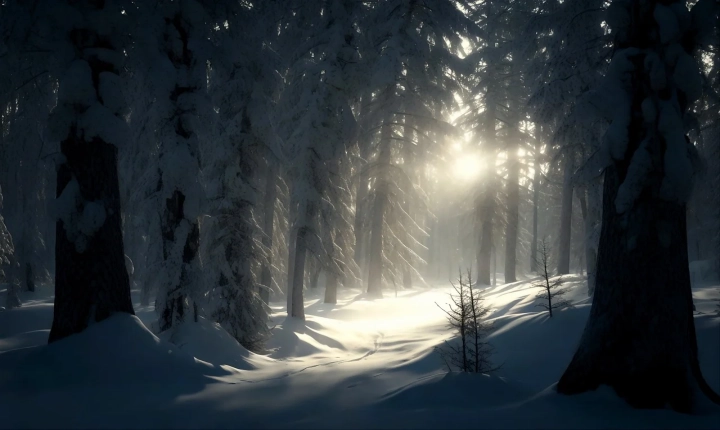Can AI-Generated Art Be Copyrighted?
Artificial intelligence (AI) has made significant advancements in recent years, to the point where it is now capable of generating artwork that is virtually indistinguishable from human-generated pieces. This development has raised an intriguing question: can AI-generated art be copyrighted?
The issue of copyrighting AI-generated art is a complex and multi-faceted one. At the heart of this debate is the question of authorship: who is the rightful creator of the artwork? In traditional creative processes, the copyright belongs to the human creator of the art. However, in the context of AI-generated art, this concept is becoming increasingly blurred. While the AI system may have been programmed and trained by human developers, the actual output of the artwork is generated independently by the AI itself.
One argument in favor of copyrighting AI-generated art is that the human input involved in creating and training the AI system should be recognized and protected. From this perspective, the developers and programmers behind the AI should be considered the creators of the artwork, and thus should hold the copyright.
On the other hand, some argue that since the AI system is responsible for the actual generation of the art, it should be the rightful owner of the copyright. This viewpoint posits that the AI should be regarded as an autonomous creative entity, capable of producing original works of art independently of human involvement.
The legal and ethical implications of copyrighting AI-generated art are still being actively debated. In many jurisdictions, copyright laws have yet to fully address the implications of AI-generated works. Some countries, such as the United States, require that the work be created by a human in order to be eligible for copyright protection.
In the absence of clear legal frameworks, the issue becomes even more complex when considering the potential commercial exploitation of AI-generated art. Should AI-generated artworks be subject to the same intellectual property rights and commercial use restrictions as human-created art? This question opens up a plethora of considerations, such as licensing, royalties, and the potential for unauthorized use of AI-generated art.
Furthermore, the question of ownership and copyright becomes more intricate when AI systems are used to create art in collaboration with human artists. In these cases, the delineation of authorship and ownership becomes convoluted, as the contributions of both the AI and the human artist are intricately intertwined.
As AI continues to evolve and its capabilities in the realm of creative production expand, the need for clear and comprehensive legal frameworks surrounding copyright and AI-generated art becomes increasingly urgent. The existing copyright laws were not designed with AI-generated works in mind, and as such, they may not adequately address the unique challenges presented by this emerging form of artistic expression.
In conclusion, the question of whether AI-generated art can be copyrighted is a complex and nuanced one, touching on issues of authorship, ownership, and the evolving nature of creativity in the digital age. As AI technology continues to progress, lawmakers, legal experts, and artists will need to grapple with the intricacies of copyrighting AI-generated art in order to ensure that the rights of creators, whether human or AI, are protected and respected. The answers to these questions may have far-reaching implications for the future of art, creativity, and intellectual property in the digital age.
